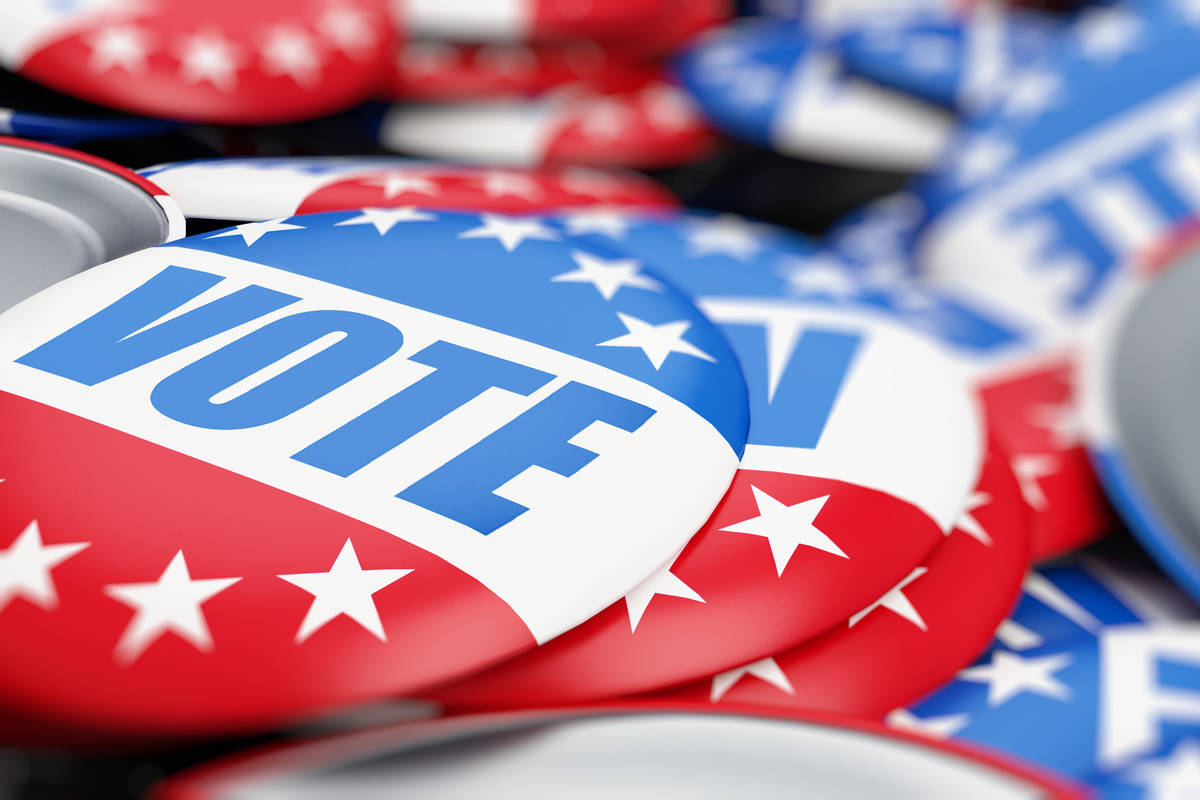The Kenai Peninsula Borough Assembly is supporting a vote-by-mail election system.
The ordinance to change the process to a vote-by-mail hybrid was enacted on a vote of six to three at the June 3 assembly meeting. Assembly member Kenn Carpenter asked that the ordinance be reconsidered at the June 16 assembly meeting, but the assembly voted to keep their original ruling.
Carpenter said voting by mail is “not as honest as people say it is.” He pushed for reconsideration after “a lady in town” gathered 50 signatures against the ordinance.
Recent catastrophic events “reinforce the need to implement a (vote-by-mail system) election process that would allow for greater flexibility and voter participation when events make it impractical or impossible to vote at a traditional polling site,” the ordinance said.
In 2019, the assembly created the Election Stakeholders Group, which issued six recommendations to the assembly on how the borough code could change their election process, increase voter participation and maximize accessibility and inclusivity.
One of the recommendations offered by the group was to establish a vote-by-mail hybrid system of elections. The hybrid structure would allow residents to vote by mail or visit a traditional polling place on election day.
The group’s report also addressed the Alaska Human Rights Commission’s findings that the borough’s election process does not comply with the needs of visually impaired residents. In November 2015, the borough was notified by the commission of a complaint filed by Richard Malley against the borough, alleging that the borough discriminated against him on the basis of a physical disability by not providing use of ADA compliant voting equipment at a borough election. In October 2018, the commission finalized their investigation into the complaint and found the allegations supported by “substantial evidence.” Later a “conciliation agreement” was reached between the commission and the borough,which says the borough will have an “ADA compliant election process in place” by the end of 2020.
The borough should be able to successfully transition to area-wide vote-by-mail elections, a feasibility study conducted by Dennis Wheeler and Kami Fitch of Resource Data, said.
However, the feasibility study notes that the borough will need to acquire a mail sorter solution for collecting returned ballots and preparing an election center site with security and storage.
In the six remote areas of the borough where vote by mail already occurs, the ordinance says the borough “would make voting by mail more efficient, convenient and less complicated.”
The ordinance also amends rules for a runoff election, giving the borough an extra week between the regular election and the runoff election to allow more time for the clerk’s office to get ballot packages out.
The ordinance impacts municipal elections, including the seats for borough mayor, assembly members, school board members and service area board members.
The borough is required to submit a final report to the commission, detailing efforts taken to implement the independent voting of visually impaired voters by December.
• By Victoria Petersen, For the Peninsula Clarion

